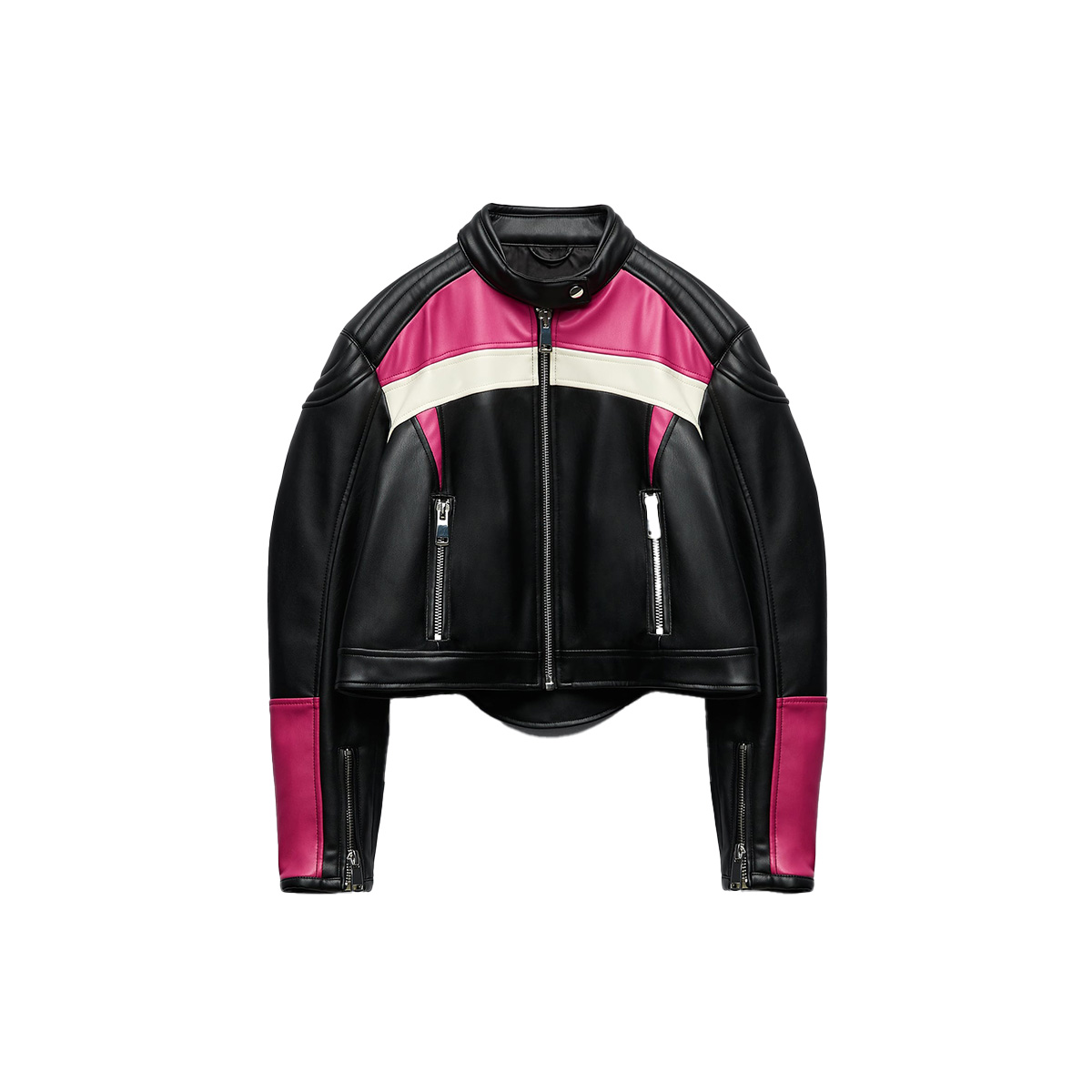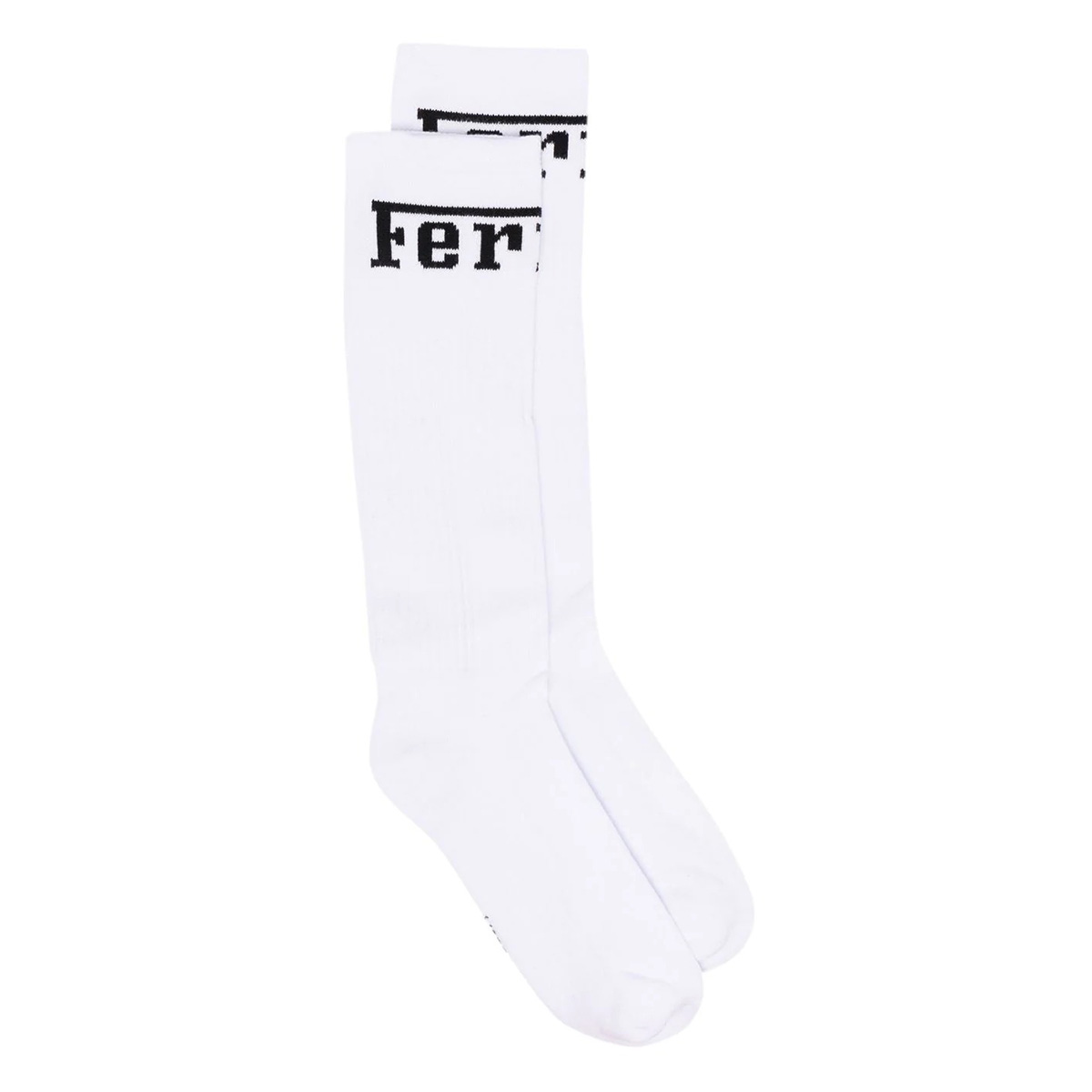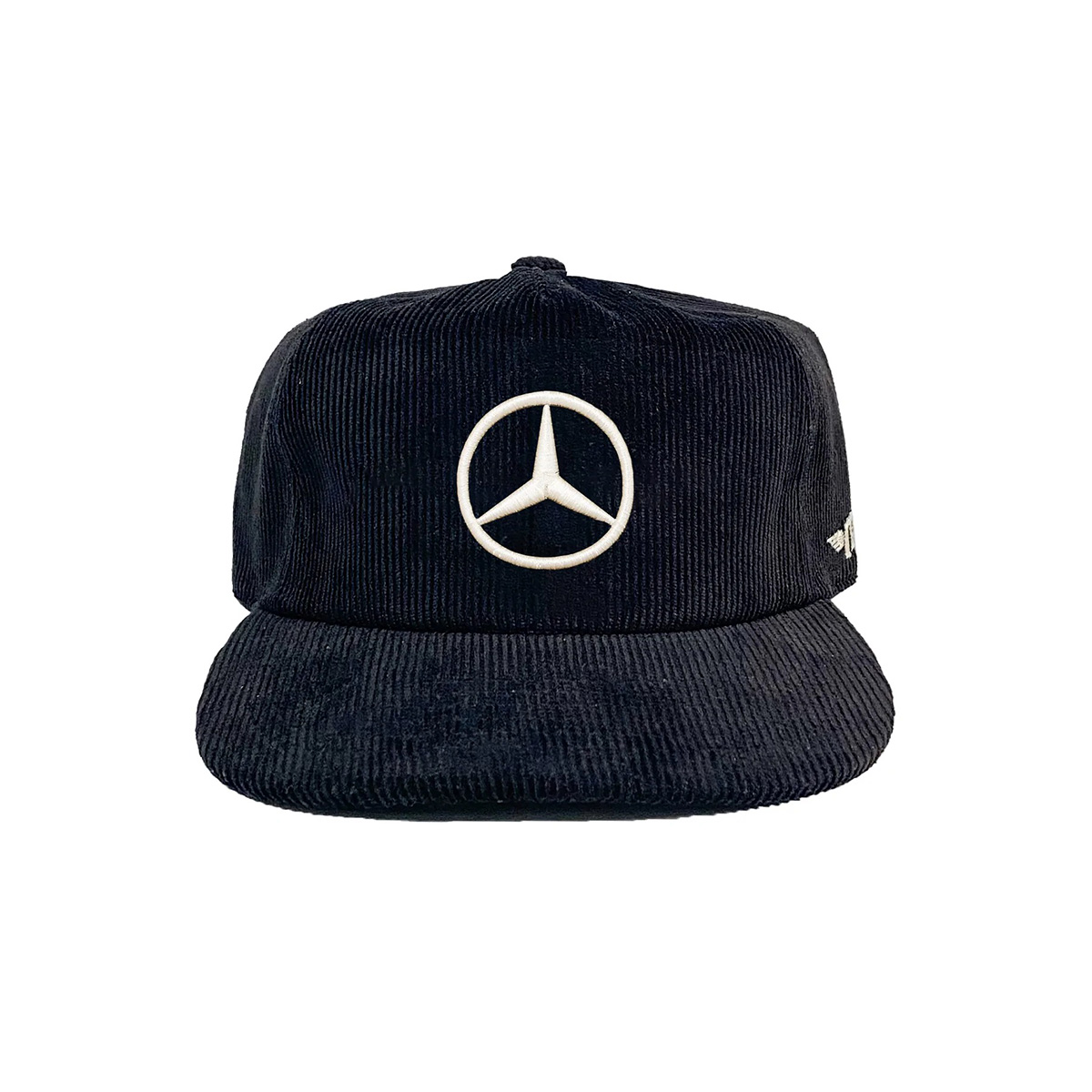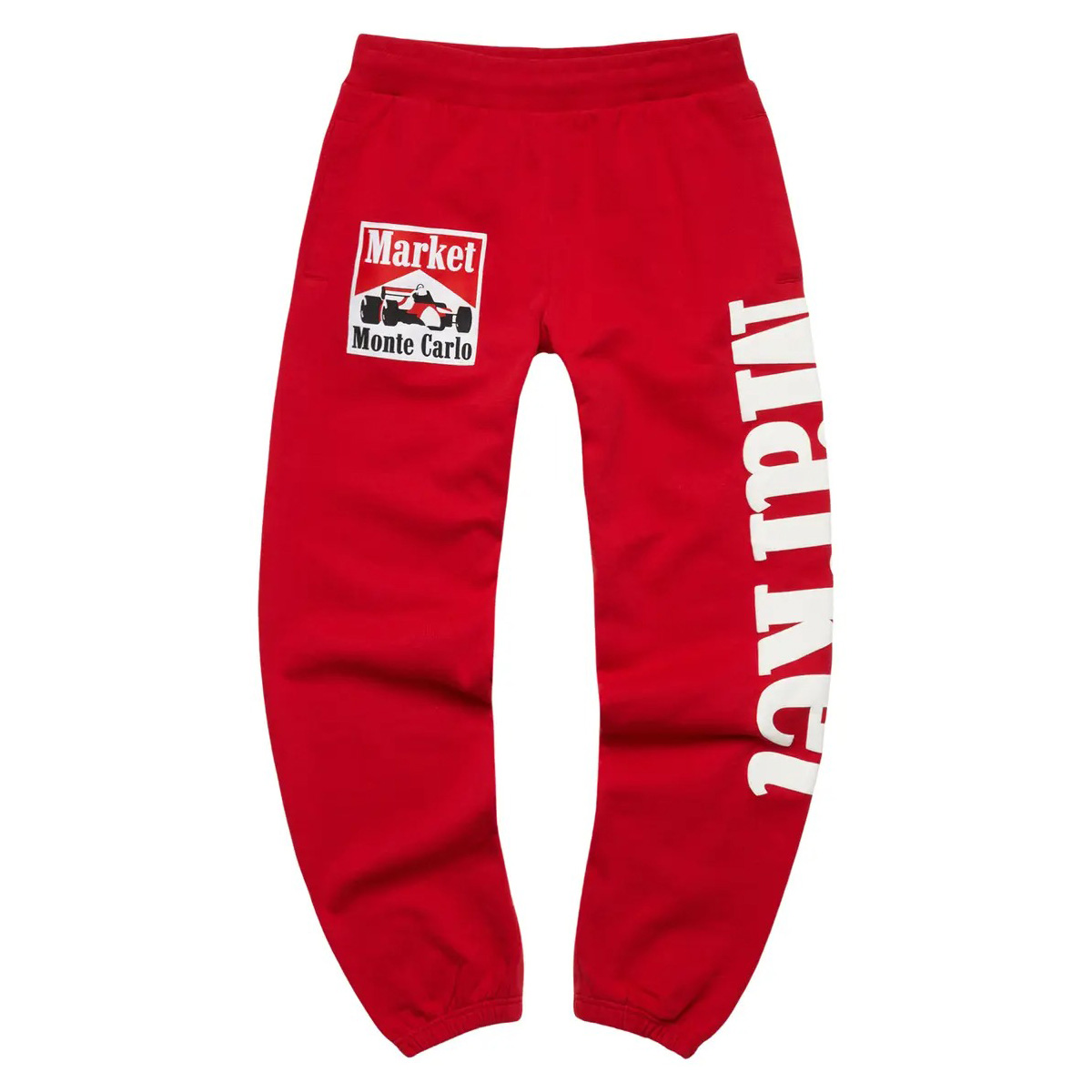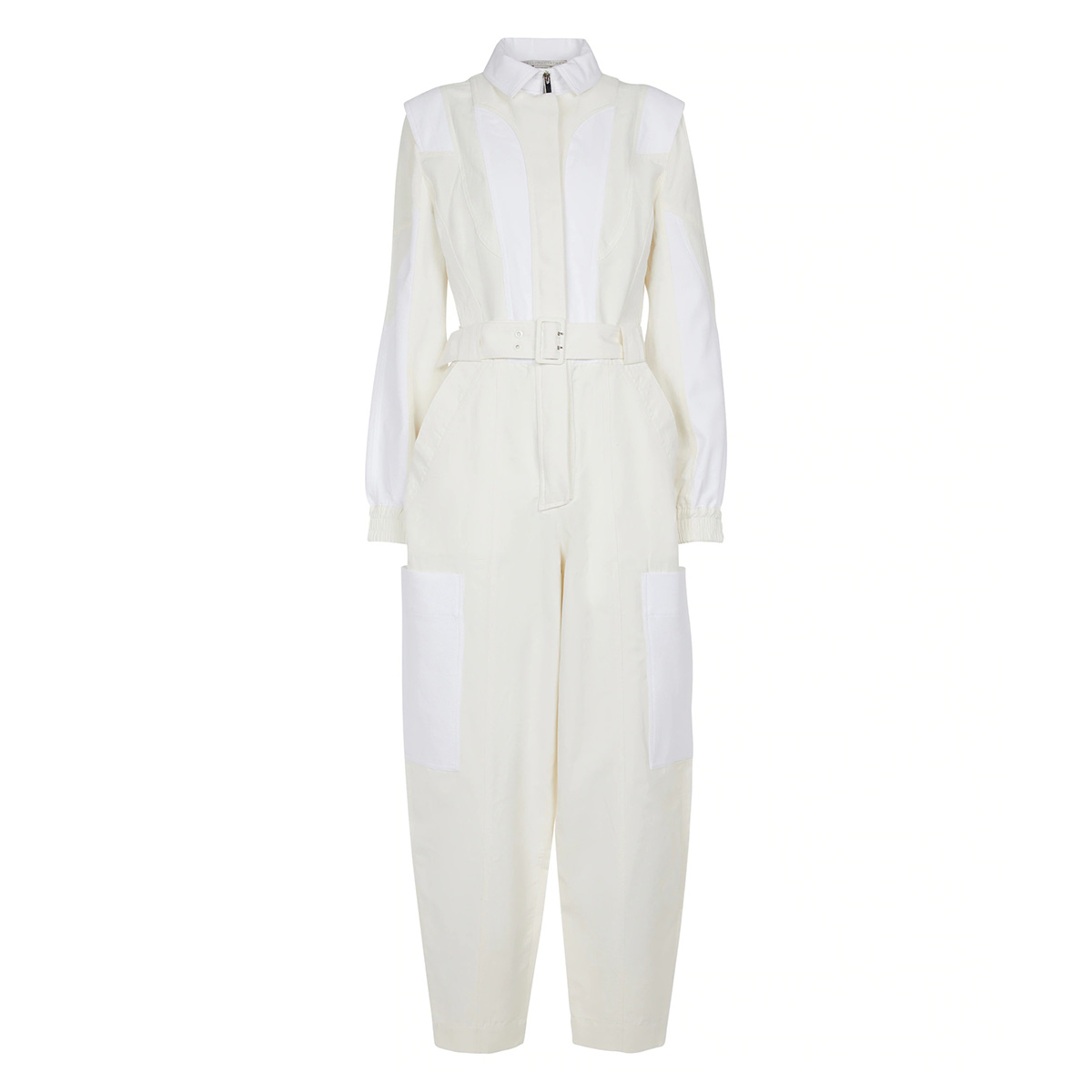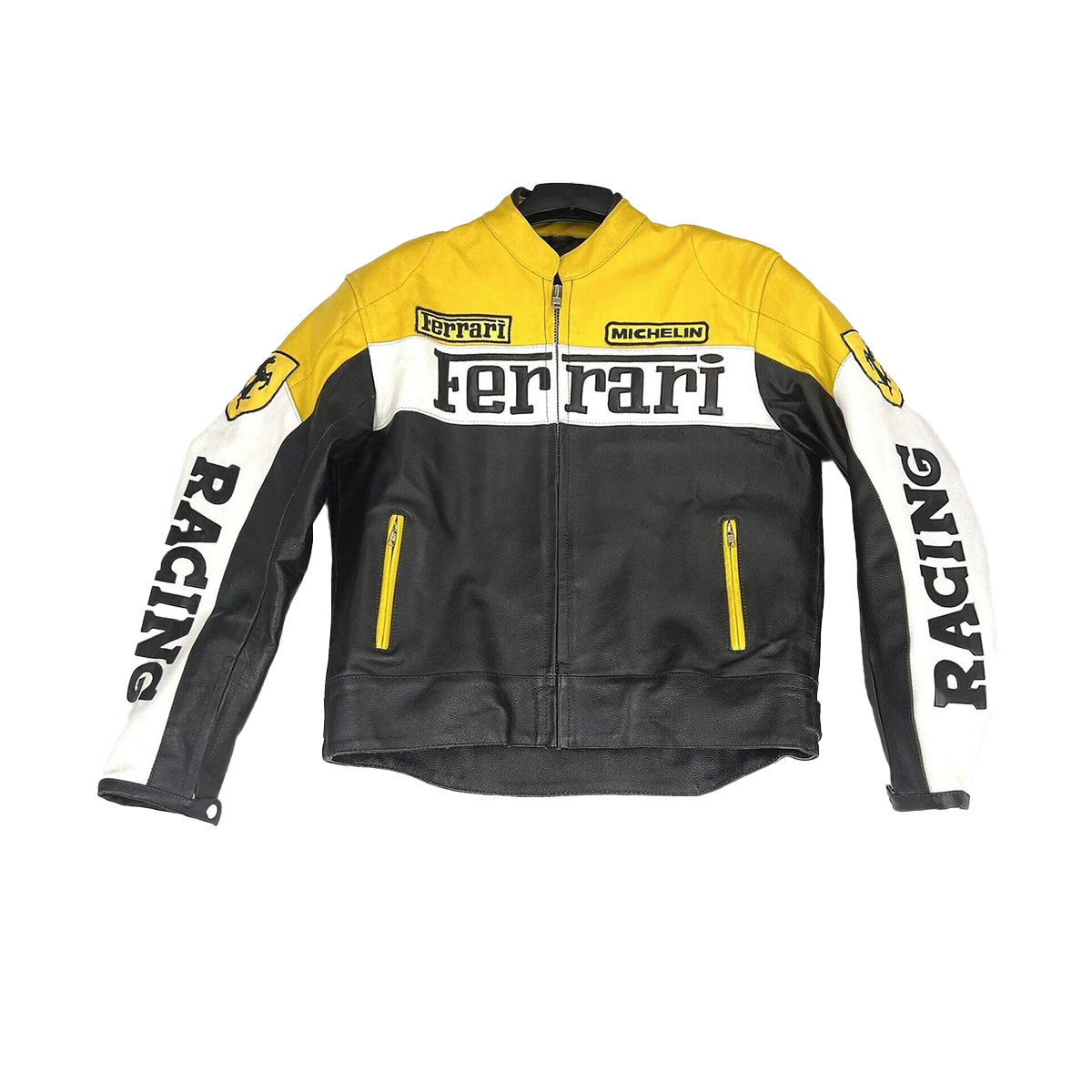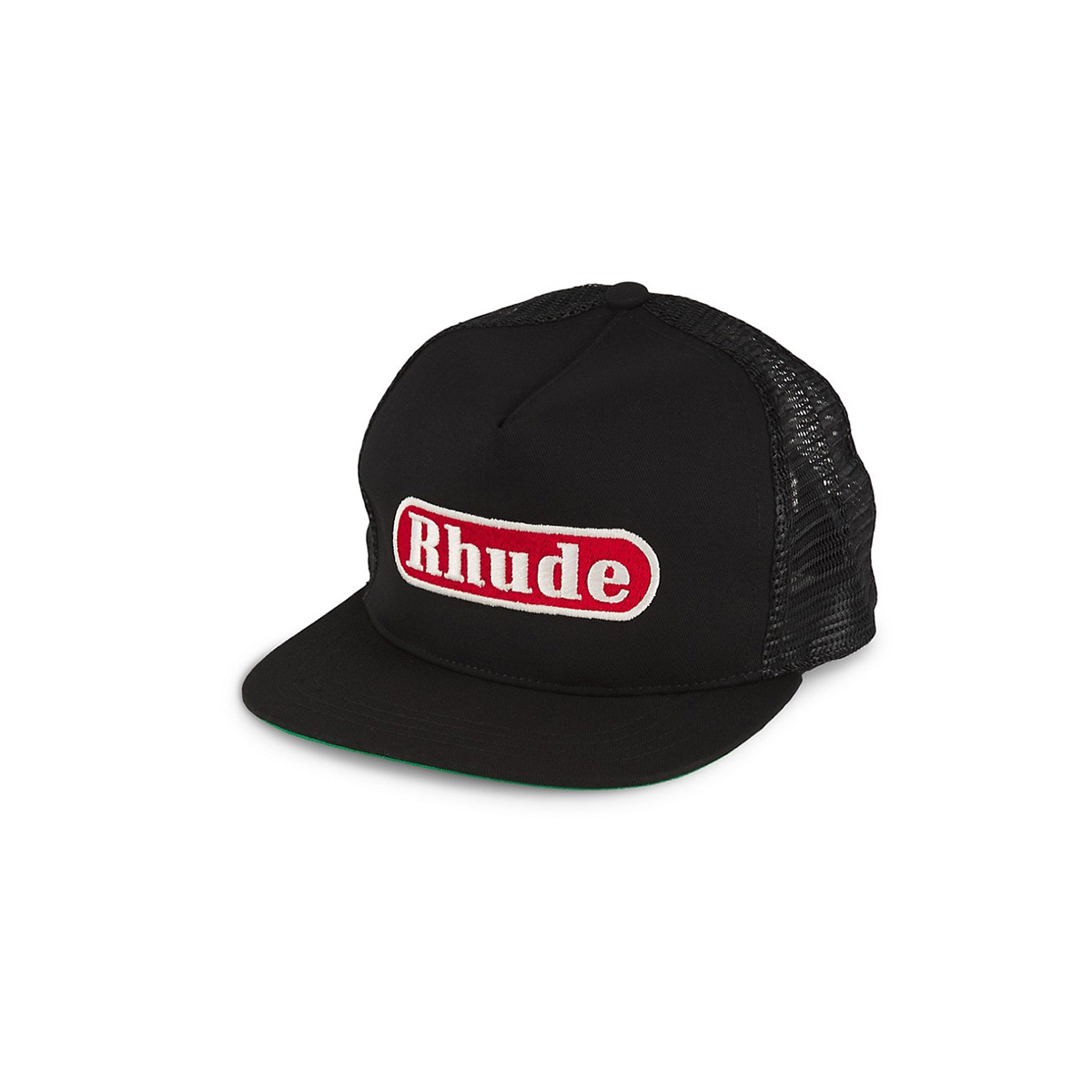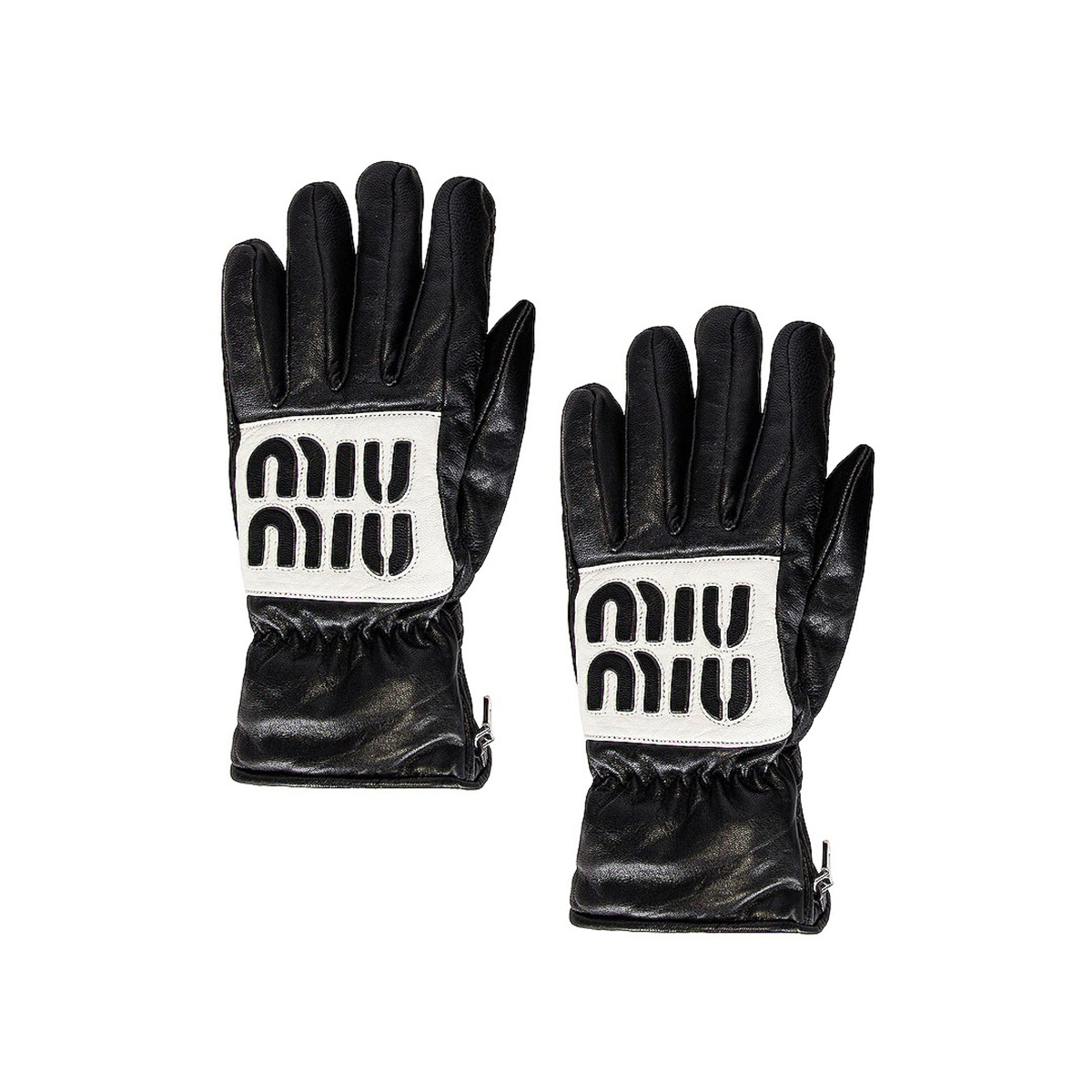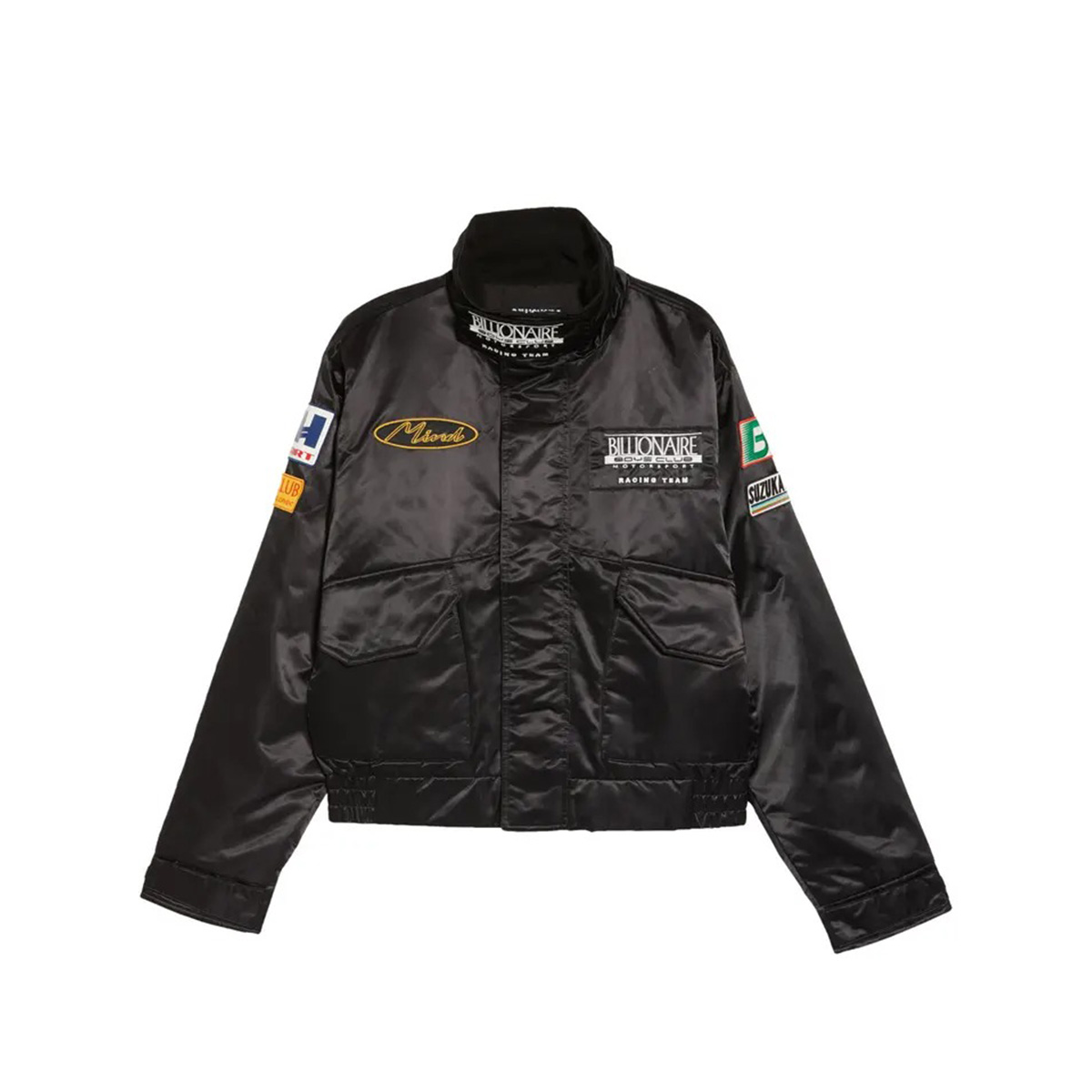In the world of Formula One—where Rolex sponsors races, Tommy Hilfiger finances teams, and drivers fund tables at the Met Gala—fashion has always played an essential role in the success of the sport. “These two worlds have never been totally apart,” says Rocco Iannone, the creative director of Ferrari’s Milan-based fashion label. “Both are driven by deep passion.”
Yet anyone who follows both F1 and fashion can see that the relationship between the two enterprises has fundamentally changed in recent years. Today, the latter’s role involves more than just a brand name embossed on the side of a car or printed trackside on a safety barrier. It’s personal. These days, fans of a driver may spend as much time watching their performances on the track as they do researching the outfits they wear in the paddock or to media events, if not more. On F1 TikTok, you are just as likely to see a compilation of WAGs’ (wives and girlfriends in F1 speak) looks during a race weekend as you are iconic radio messages by the now-retired 2007 world champion Kimi Räikkönen. When drivers Lando Norris, Daniel Ricciardo, Pierre Gasly, and Esteban Ocon were featured in Vanity Fair last April, fans flocked to magazine stands around the world not only to read about their lives in the corresponding story, “Netflix, Drive to Survive, and the New Cult of F1 Fandom,” but also to see their lavish ensembles styled by Michael Darlington, from a logo-covered Louis Vuitton peacoat on Norris to a hot-pink Gucci jumpsuit on Ricciardo.
Due in large part to the smash success of Netflix’s docuseries Formula 1: Drive to Survive as well as the rise of social platforms like TikTok and Twitch, F1 has taken a turn for the democratic, losing its hyper-exclusive reputation. Instead, a younger and largely American audience has paved the way for a new era of F1, where the relationship between it and fashion goes beyond just sponsorships. Drivers are fashion influencers (whether they know it or not); teams are brands, with shows on the fashion-month calendar alongside Prada and Ferragamo; and merch is sold on the secondhand market with as much hype as a pair of Aimé Leon Dore x New Balance 550s or Wales Bonner x Adidas Sambas. Whether old-school fans of the sport like it or not, F1 isn’t just about racing anymore. In more ways than one, it’s become about fashion too.
“I have not seen mainstream [fashion] brands dig into the sport, at least not since I started watching, as much as they do now,” says Rashi Gaur, whose Instagram account @hamazinglew, which she started in 2013, has over 20,000 followers. Gaur has been a fan of Mercedes driver Lewis Hamilton since 2012 and fashion since, well, forever. Given their shared interest in style—Hamilton has designed collections for Tommy Hilfiger, is the first male ambassador for Valentino’s Di.Vas (Different Values) campaign, and frequently shows up to races in expertly crafted looks—Gaur transitioned the handle in 2018, dedicating it to identifying the driver’s paddock outfits. Basically, it’s F1’s version of @checkthetag, every fashion editor’s source for red carpet credits, but for one especially well-dressed driver.
For her, it’s the seven-time world champion’s boldness when it comes to dressing that intrigues her most. “The way he expresses himself in high fashion or basic streetwear with confidence is quite inspiring,” she says. “There is no one in the paddock who would dare to opt for such styles due to the conservative mentality that still exists within the sport.” For a long time, Hamilton faced judgment for his involvement in the fashion industry, with critics expressing concerns that it would distract him from his duties on-track. Each new title, however, acted as proof that they were wrong, in turn allowing the driver more freedom to express himself sartorially.
Until recently, Hamilton was an outlier in the paddock. He donned colorful looks by Bottega Veneta and Louis Vuitton as well as smaller, often Black-owned labels like Bianca Saunders and Daily Paper while most other drivers wore only their team gear. Similar to the way NBA players have become known for wearing bold ensembles as they arrive at games, Hamilton’s arrival at every race weekend includes a fashion statement, one crafted with the help of image architect Law Roach. “Lewis has always been unafraid to show off his style,” says Gaur. “This has had an influence on other racers, and they have gradually become open to showing off their own personal styles.” For instance, Alfa Romeo rookie Zhou Guanyu arrived in the sport in 2022 and didn’t skip a beat in the style department, showing up right away to races in majority Prada. On a less frequent scale, McLaren driver Ricciardo has recently shown interest in fashion during race weekends, specifically at races in the U.S., like Miami and Austin. In turn, both Zhou and Ricciardo have fan accounts of their own that are dedicated to identifying their outfits.
According to AlphaTauri driver Yuki Tsunoda, who started in F1 in 2021, he gets more questions in his DMs about his outfits during a race weekend than his actual driving. “[I’ll get messages like,] ‘Today’s fashion was really great’ or ‘Where’d you get that from?’” he tells me. From his perspective, fashion is a way for drivers, who spend a majority of their time in racing suits, shoes, and helmets, to express themselves. “As soon as I sit down in an F1 car, you can only characterize me from my helmet,” he says. “You cannot see much about how a person looks outside of a racing car, so fashion is a good way to show your personality, like [how] Lewis does. It also invites another type of fan [into the sport] from outside of racing.”
With increased attention being paid toward their looks, drivers have become more and more sought after by brands, for magazine covers, attendance at fashion shows, and dressing in general. Scuderia Ferrari driver Charles Leclerc has been spotted in the front row at Armani shows, and his teammate Carlos Sainz just attended the Milan Fashion Week presentation for Ferrari, which showcased both drivers’ race suits from the Italian Grand Prix alongside other racing-inspired pieces for spring/summer 2023. The teammates covered GQ’s September cover, dressed in Ferrari and Armani exclusively, in the same month that Hamilton starred on the cover of Vanity Fair, wearing hot-pink Valentino. In June, Gasly dressed in Louis Vuitton from head to toe to attend the brand’s men’s show in Paris, while Zhou did the same at the Prada men’s show in January.
According to Iannone, having the team’s drivers, Leclerc and Sainz, as brand representatives is invaluable for Ferrari’s fashion brand despite the fact that neither have a background in the industry. “Charles and Carlos are the perfect embodiment of success, strength, and energy and represent the values in which young and older people alike recognize themselves,” he says. “It makes them two top players able to influence consumer choices as well.” Italian sneaker brand P448’s CEO, Wayne Kulkin, came to the same conclusion after collaborating with AlphaTauri drivers Gasly and Tsunoda on custom sneakers that launched ahead of the Italian Grand Prix in September. “[The collection] sold out in 24 hours,” he shares. “And I’ve never had more requests for free shoes in my entire [career].” According to Kulkin, P448 is always looking for new ways to interact with consumers and embracing tactics outside of its normal comfort zone. Teaming up with an F1 team and its drivers hasn’t always been commonplace in fashion, yet the experiment proved successful, making way for similar partnerships in the future.
As F1 becomes more and more successful internationally and online and its drivers become increasingly involved in the fashion space, trends have also started to shift in the direction of the sport. On the fall/winter 2022 runways, moto- and racing-inspired silhouettes, like padded color-block leather jackets and gloves as well as helmets, appeared at some of fashion month’s most prominent shows, including Dior, Balmain, David Koma, and Coperni. In May, Chanel held its Resort 23 show on the beaches of Monte Carlo, nearby where the iconic Monaco Grand Prix has taken place since 1950. For the collection, Creative Director Virginie Viard designed racing suits and mechanic’s overalls in a glamorized fashion, made of sequins and tweed. She also featured checkered flag patterns and helmets printed with the number five on them. The trend continued the following season, with Ferrari and Stella McCartney both showcasing racing suits in their S/S 23 collections, and brands such as GCDS, Dion Lee, Eytys, Balenciaga, Courrèges, and Diesel all included pieces similar to those worn in motorsport.
Perhaps even more influential are the prominent figures in fashion who’ve been all too ready to embrace the trend. Dua Lipa donned Givenchy racing gear during her recent trip to Japan, and Rosalía wore moto-inspired looks throughout her Motomami World Tour. Content creators Emili Sindlev, Camille Charrière, and Chiara Ferragni have all, too, added to the racing craze with their outfits, leading mass fashion brands like Zara to introduce moto styles of their own to their offerings in recent months.
Thus far on the fashion circuit, though, many trends have leaned more toward bikercore than specifically F1, but Fashionista editor and F1 fan India Roby is predicting a transition into “motorcore” any day now. “Right now, people are bunching all things motorcycles and race cars into one big trend, but we’ll probably see more people set them apart soon,” she says. “I feel that we’re close to a fashion-F1 breakthrough.” According to Roby, with the hype around the sport currently at an all-time high as we approach the end of the 2022 season and the fifth season of Drive to Survive on its way, the combination of F1 fandom and fan fashion is about to explode. And when it does, she says vintage merch—like Ferrari varsity jackets, one-piece utility jumpsuits, balaclavas, and team-branded caps—will be impossible to miss.
Clearly, anyone who still thinks modern-day F1 starts and stops with on-track racing is sorely mistaken. And as Roby implied, the sport’s connection to the fashion world isn’t on course to end anytime soon. According to Gaur, interest in driver style is the highest it’s been since she launched @hamazinglew. “When I started posting about Lewis back in 2018, I was the only such page in F1 on Instagram,” she says. Now, ID accounts are commonplace for practically every driver as well as their partners, who oftentimes end up influencers themselves. (See Charlotte Siné, Isa Hernáez, and Carmen Montero Mundt for proof.) “Personally, I think this is great to see within a sport which has been so narrow-minded in its ideologies,” says Gaur. F1 is changing and, in turn, becoming more inclusive and far easier to get involved in, especially for fans who didn’t grow up watching races. At the rate we’re moving, it won’t be long before fans start arriving at the sport for the clothes. Once they hear the fast cars, I guarantee they’ll be hooked.
Coming up: 5 Trends From Chanel That Early Adopters Will Start Wearing Immediately


